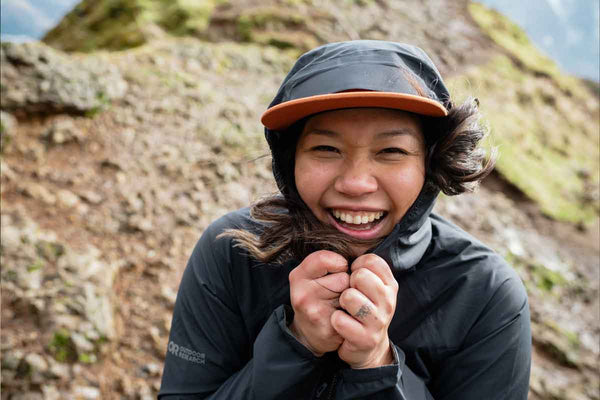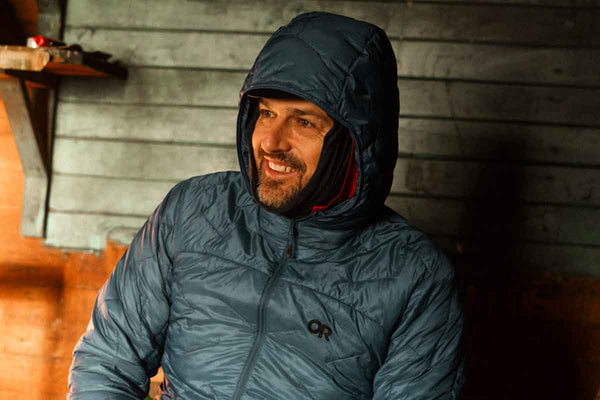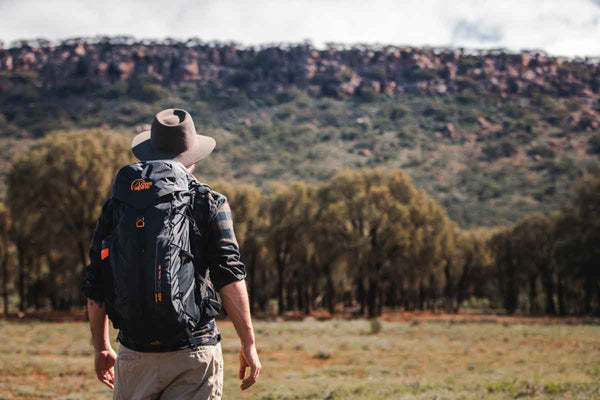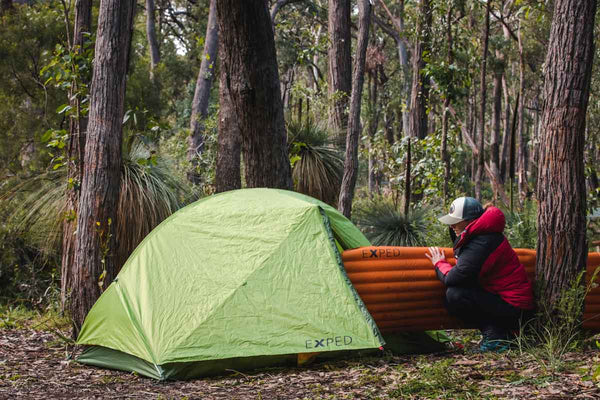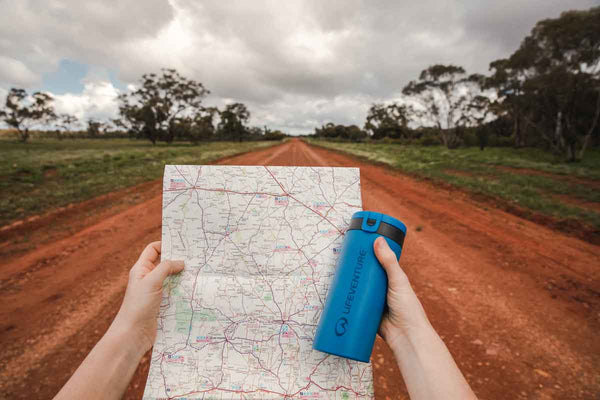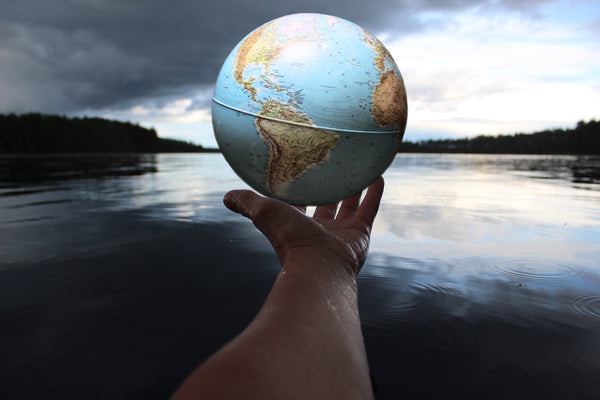
Long distance walking and trekking
There comes a time for every walker when we feel inspired to take a trek. This may be in the form of an inn to inn walk along the Camino Pilgrim’s Path or a remote camping trek through the Himalayas. Whatever the inspiration, you can be sure it will be the beginning of many more adventures!
Some Hikes We Like
The world is so full of beautiful treks, and so full of adventurers passionate about their favourites, that we’d probably start World War Three if we attempted to make a list of the “best” hikes. However, there are some acknowledged winners which we ourselves are very passionate about:
• Everest Base Camp (Nepal) 14 days and up
• Kokoda Track (Papua New Guinea) 7 days and up
• Larapinta Trail (Central Australia) 12 days and up
• John Muir Trail (Yosemite National Park, USA) 17 days and up
• Camino Pilgrim’s Path (France and Spain) 22 days and up
• Jebel Toubkal (Atlas Mountains, Morocco) 8 days and up
• Pacific Crest Trail (BC, Canada, and California, Oregon, and Washington, USA) up to 6 months
Requirements
By their very nature, treks vary considerably in difficulty and commitment levels—even from one day to the next! We strongly recommend that your first trek be with a group, preferably led by an experienced guide. Doing this allows you to build up experience while almost guaranteeing you an enjoyable time. It’s not just specific items, detailed meal plans or kilometre-by-kilometre plans that make the difference between success and failure or fun and misery, although more often than not experienced hikers have learnt to be organized and well-planned. The simple build up of experience that lets you know things like the type of physical requirements you are comfortable with, how well you sleep after 6 days on the trail, or how to nurture your feet after multiple days of slogging through muskeg—knowledge which can only come with experience. Building up this experience on your own can lead to some uncomfortable, not to mention potentially dangerous, situations. Before you know it, you’ll be more than ready to venture out on your own.
Essential Gear
We consider the following items essential for any long-distance trek:
• Walking boots/hiking boots
• Sandals/runners, like Tevas or Keens, to let your feet relax at the end of the day
• Trekking poles
• Backpack (between 60 and 85 litres OR, if on a trek with porters, then a day pack (25-45 litres) and a tote/duffel bag
• If camping—tent or shelter
• Sleeping bag
• Insulating sleeping mat
• If staying in shelters—hut booties
• Clothing appropriate to all weather changes
• Head torch
• Field first aid kit
• Cooking gear
• Food (including snacks)
• Water bottles and water
• Water purification system such as a Steripen or Micropur tablets
• Pocket walking guide
• Map
• GPS and/or compass
Summary
Due to the seasonality and variability of temperate climates clothing layers must, above all, be versatile. Base layers of different weights that both wick and insulate provide an excellent next-to-skin foundation. Mid layers should ideally incorporate a range of fabric features, for example warmth, windproofness, water resistency, as required. When purchasing a shell layer it is always wise to consider a worst-case-scenario within your preferred season for safety and comfort.
It is critical that you have a thorough understanding of the demands that you will face along the trail so please research every trip and never be afraid to ask questions! Remember—always leave a detailed copy of your plans with somebody in case of emergencies.

